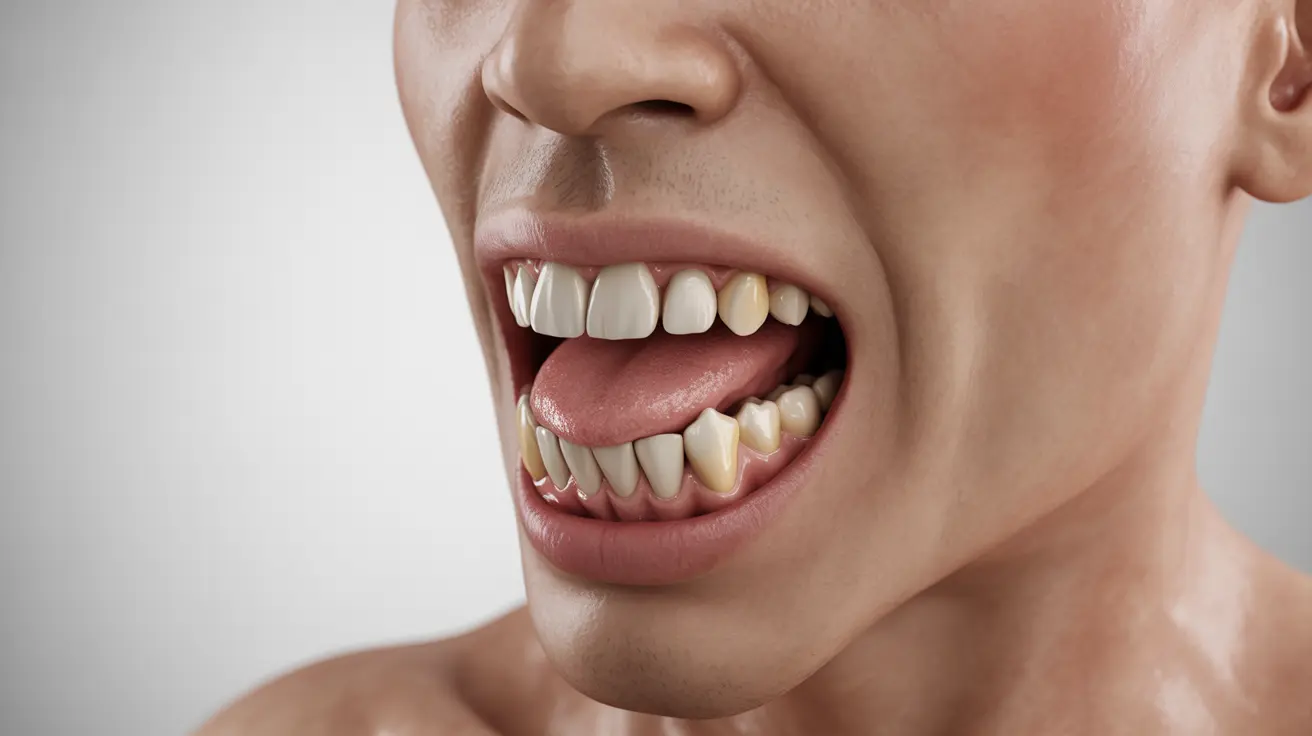A narrow palate, also known as a high-arched or constricted palate, is a common dental condition that can significantly impact breathing, speech, and overall oral health. This condition occurs when the roof of the mouth is unusually narrow or high, potentially leading to various complications if left untreated.
Understanding the causes, symptoms, and treatment options for a narrow palate is crucial for both parents and adults who may be affected by this condition. Early recognition and intervention can lead to better outcomes and prevent potential complications.
Signs and Symptoms of a Narrow Palate
A narrow palate can present differently in children and adults, with varying degrees of severity and associated symptoms:
In Children
Common signs in younger patients include:
- Crowded or overlapping teeth
- Difficulty breathing through the nose
- Frequent mouth breathing
- Speech difficulties
- Problems with proper tongue positioning
- Challenges with nursing or feeding
In Adults
Adult symptoms may include:
- Chronic mouth breathing
- Sleep-related breathing difficulties
- Dental crowding
- TMJ disorders
- Headaches
- Facial asymmetry
Causes and Risk Factors
Several factors can contribute to the development of a narrow palate:
Genetic Factors
Some individuals may inherit genetic predispositions that affect palatal development and facial structure.
Environmental and Behavioral Factors
Certain habits and behaviors can influence palatal development, including:
- Prolonged thumb-sucking
- Extended pacifier use
- Mouth breathing
- Poor tongue positioning
- Restricted nasal breathing
Treatment Options for Narrow Palate
Conservative Approaches
Early intervention methods may include:
- Myofunctional therapy
- Proper tongue positioning exercises
- Breathing exercises
- Habit correction
Orthodontic Interventions
MARPE (Micro-implant Assisted Rapid Palatal Expansion)
This modern treatment approach uses mini-implants to anchor expansion devices, making it particularly effective for older adolescents and adults. The procedure is less invasive than surgical alternatives and can provide significant improvements in palatal width.
SARPE (Surgically Assisted Rapid Palatal Expansion)
This surgical approach is typically recommended for adult patients with severe narrow palates. It combines surgical intervention with orthodontic expansion to achieve optimal results.
Benefits of Palatal Expansion
Successful treatment of a narrow palate can lead to numerous improvements:
- Enhanced breathing capability
- Better sleep quality
- Improved facial symmetry
- Reduced dental crowding
- Better speech articulation
- Decreased risk of sleep-related breathing disorders
Frequently Asked Questions
- What are the symptoms of a narrow palate in children and adults?
In children, symptoms include crowded teeth, mouth breathing, and feeding difficulties. Adults may experience sleep breathing problems, dental crowding, TMJ issues, and chronic headaches.
- How do I treat a narrow palate, and what are the most effective treatments?
Treatment options range from conservative approaches like myofunctional therapy to orthodontic interventions such as MARPE or SARPE. The most effective treatment depends on the patient's age and condition severity.
- Can a narrow palate be caused by habits like thumb-sucking or pacifier use?
Yes, prolonged thumb-sucking and pacifier use can contribute to palatal narrowing by affecting normal oral development and tongue positioning during crucial growth periods.
- What are the differences between MARPE and SARPE treatments for a narrow palate?
MARPE uses mini-implants and is less invasive, suitable for adolescents and some adults. SARPE involves surgery and is typically reserved for adult patients with severe cases requiring more significant expansion.
- How can expanding a narrow palate improve breathing and sleep quality?
Palatal expansion creates more space in the oral cavity, allowing for better airflow, proper tongue positioning, and improved nasal breathing. This can lead to reduced sleep-disordered breathing and better overall sleep quality.




